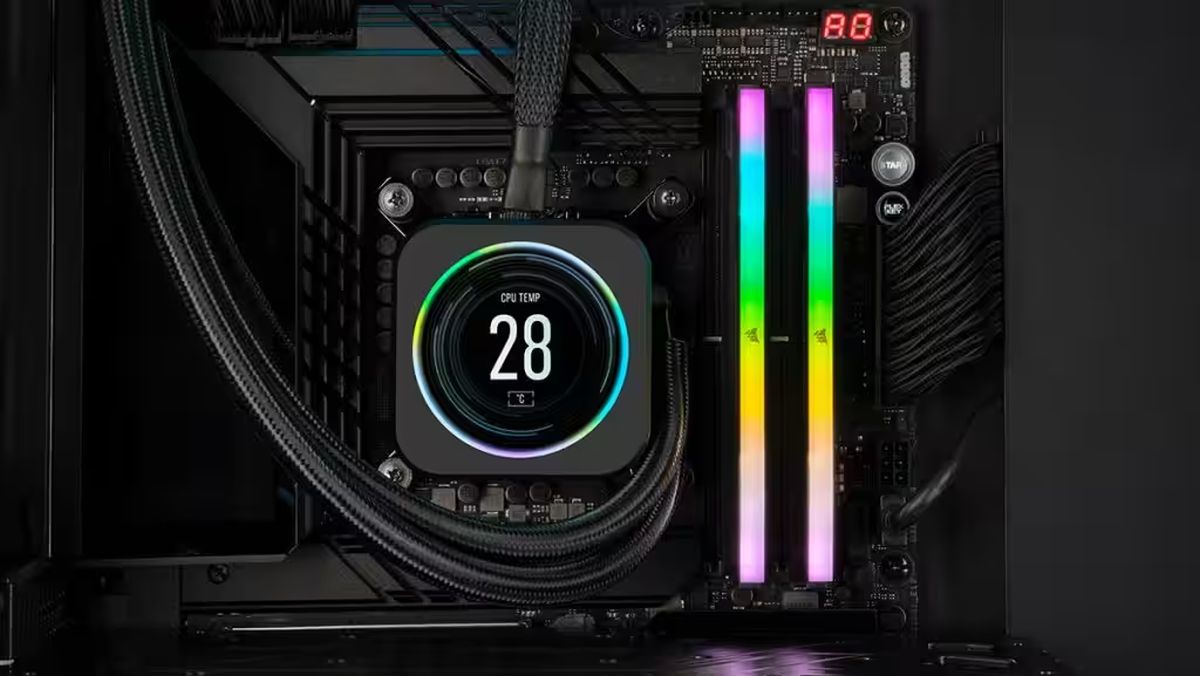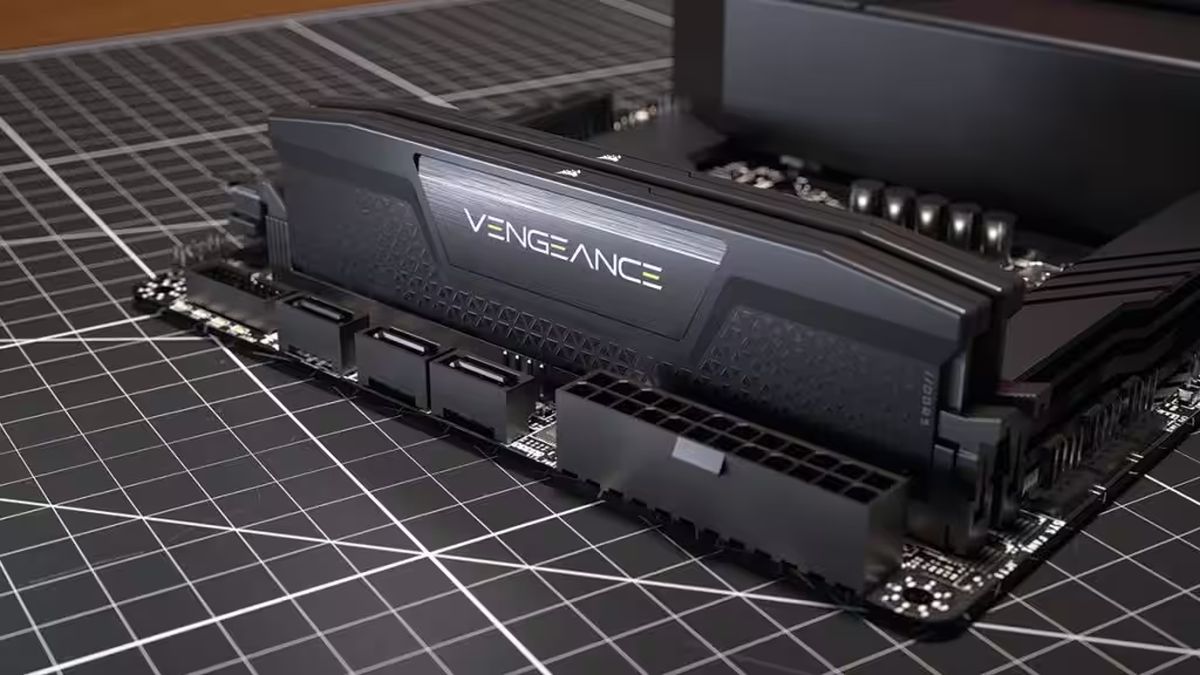By now, you’ve probably already read the news that some memory brands, such as Corsair, recently released new DDR5 RAM modules with literally more memory packed into them. These new 24GB and 48GB modules already work with Intel’s 600 and 700 chipset motherboards, but alas, not yet with AMD’s own AM5 chipset boards. The good news is, Team Red is already working on a firmware update to resolve this issue.
According to a posting by technology leakster chi11eddog (@g0ld3nm4ng0), AMD’s upcoming AM5 BIOS update, AGESA 1.0.07, will be expected to support the “non-binary” 24GB and 48GB DDR5 RAM modules. At current, these new memory modules do not work on said motherboards, but based on a quick test by MEGAsizeGPU (@Zed_Wang), their ASUS Strix B650-E motherboard and Ryzen 5 7600X combo did fully recognize the dual-channel 48GB (24GB x 2) memory kit. It just wouldn’t boot properly.
AM5 AGESA 1.0.0.7 is expected to support "non-binary" 24GB/48GB DDR5.🧐🧐🧐
Non-binary DDR5 already supported on Intel 600/700 series motherboards. pic.twitter.com/Qv2BW22UOa— chi11eddog (@g01d3nm4ng0) March 9, 2023
It goes without saying that, at this point, AMD is fully aware of the situation of its AM5 system not playing nice with the new increased capacity DDR5 memory modules at current, which is why the company is probably scrambling right now. That being said, it still hasn’t fully or officially confirmed its actions, but it’s good to know that this news is coming down the grapevine.
General consumers are unlikely to see the benefits that come with switching from the now usual fare of 32GB to 48GB DDR5 memory modules, given that most games will already run fine with the latter. But, as pointed out by Hot Hardware, prosumers running programs and applications that demand a ridonkulous amount RAM, may find the appeal of being able to popular all four RAM slots on the board with 192GB, instead of 128GB of RAM alluring.

At current, Corsair and Micron are the only two brands that have announced their own high-capacity DDR5 memory modules but it goes without saying that, should these new memory capacities gain traction, we can then expect other memory brands to start manufacturing their own modules as well.
(Source: Hot Hardware, Twitter)
Follow us on Instagram, Facebook, Twitter or Telegram for more updates and breaking news.



